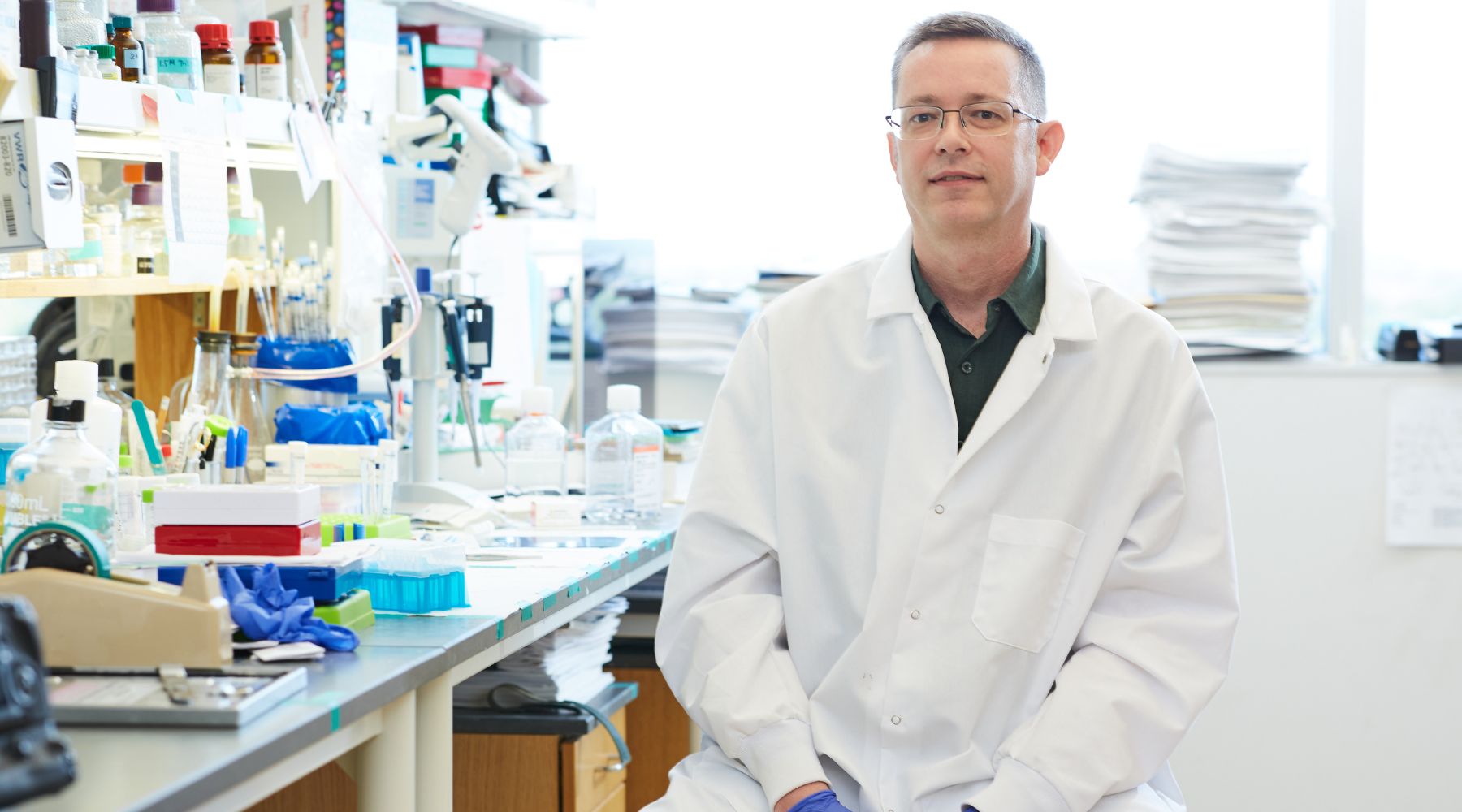A force multiplier is something that dramatically increases the effectiveness of something else. And that, says Lorin Olson, Ph.D., is a perfect description of the Oklahoma Center for Adult Stem Cell Research, or OCASCR.
OCASCR was formed in 2010 to distribute grants to scientists whose research involves adult stem cells or regenerative medicine. Later, its mission expanded to tackle smoking- and obesity-related studies. OCASCR often funds preliminary research or equipment that enables a scientist to receive a much larger grant from the National Institutes of Health (NIH).
“In many cases, those larger grants wouldn’t have happened if not for OCASCR,” said Olson, who’s served as its scientific director since 2023.
He speaks from personal experience. Olson, whose lab at the Oklahoma Medical Research Foundation studies the intricacies of wound healing, said grants he received from OCASCR earlier in his career set him up to successfully apply for two major NIH grants.
OCASCR’s funding comes from the Tobacco Settlement Endowment Trust, or TSET, which Oklahoma voters established to protect the state’s share of the settlement of a wide-ranging lawsuit against the cigarette industry. Since its creation in 2010, OCASCR has provided more than $37 million to scientists at OMRF, the University of Oklahoma, the OU Health Sciences Center, and Oklahoma State University. That investment has paid dividends many times over, resulting in more than $400 million in federal grants from the NIH to scientists in Oklahoma.
“OCASCR has supported equipment purchases and early-stage research at OU and OUHSC that otherwise would have gone unfunded,” said OCASCR Steering Committee Member William E. Sonntag, Ph.D., director of the Center for Geroscience and Healthy Brain Aging at OUHSC. “In many cases, OCASCR made it possible to obtain the key data necessary to submit a competitive grant to the National Institutes of Health. Simply put, OCASCR funding meant the difference between an NIH application being approved or not.”
One example is a piece of equipment that OCASCR helped Oklahoma State University purchase. OSU received $42,500 from OCASCR to pair with $21,250 from OSU’s veterinary college to buy a “smoking machine” that models the effects of cigarettes in experiments using mice.
OSU Professor Lin Liu, Ph.D., has used the machine to study the impact of smoking on respiratory diseases, including Covid-19, influenza and chronic obstructive pulmonary disease. His current research tests how smoking contributes to chronic symptoms resulting from Covid-19 infection, commonly known as long Covid.
“OCASCR’s investment for this equipment has paid dividends many times over for various research projects, all of which brought in significant grants from various funding agencies,” said Liu. “More importantly, it has allowed us to better understand the effects of smoking on human lungs.”
OMRF’s Olson says OCASCR is playing a key role in catalyzing scientific advances across the state. “Science isn’t just for the big research institutions in New York and California,” he said. “OCASCR has been critical in helping Oklahoma get its foot in the door.”



